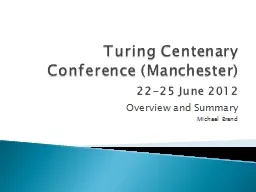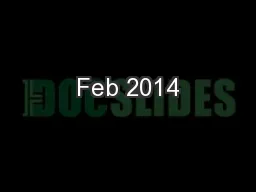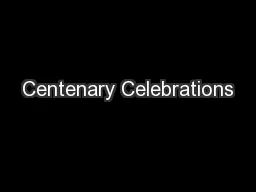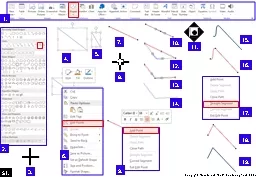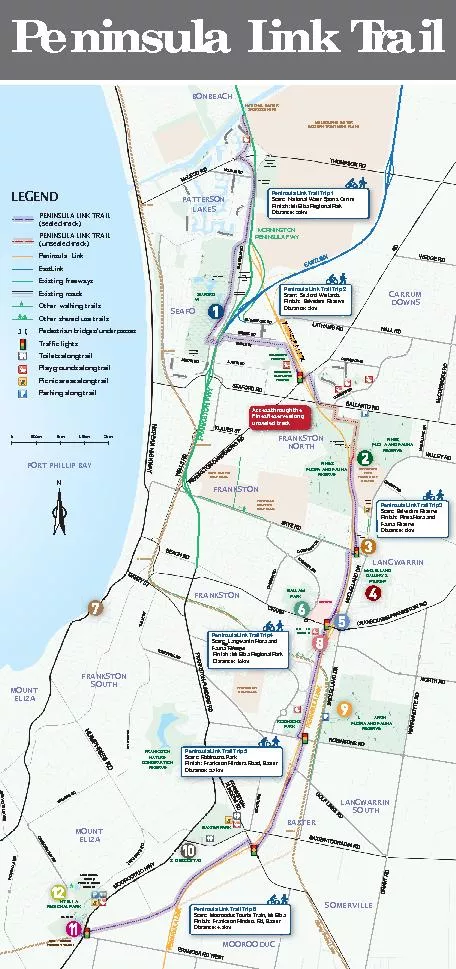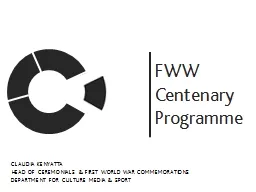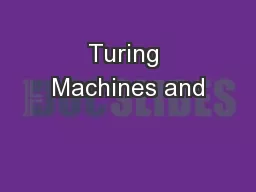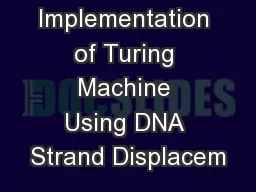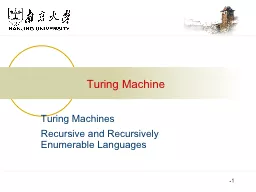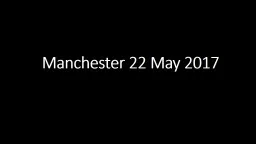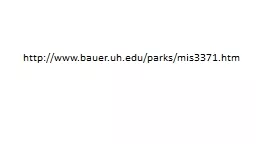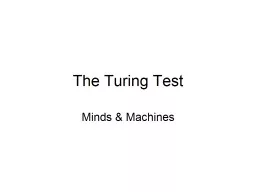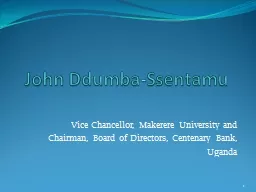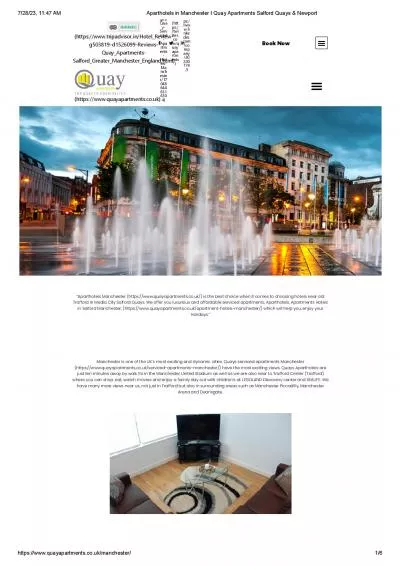PPT-Turing Centenary Conference (Manchester)
Author : kittie-lecroy | Published Date : 2017-11-02
2225 June 2012 Overview and Summary Michael Brand Manchester town hall Venue The 12 Manchester Murals Colorlit 16foot pipe organ Stars amp planets depicted in
Presentation Embed Code
Download Presentation
Download Presentation The PPT/PDF document "Turing Centenary Conference (Manchester)" is the property of its rightful owner. Permission is granted to download and print the materials on this website for personal, non-commercial use only, and to display it on your personal computer provided you do not modify the materials and that you retain all copyright notices contained in the materials. By downloading content from our website, you accept the terms of this agreement.
Turing Centenary Conference (Manchester): Transcript
Download Rules Of Document
"Turing Centenary Conference (Manchester)"The content belongs to its owner. You may download and print it for personal use, without modification, and keep all copyright notices. By downloading, you agree to these terms.
Related Documents

